Women Accepted for Volunteer Emergency Services
If you’re a fan of my Hampton Roads Port of Embarkation blog posts or a fan of World War II history, you may know about the WAVES – Women Accepted for Volunteer Emergency Services. During World War II, the WAVES was created on July 30, 1942, as the women’s branch of the Naval Reserves. Like the other women’s military groups, the WAVES was enacted to allow women to take over non-combatant jobs in the Navy and free up men for sea duty.
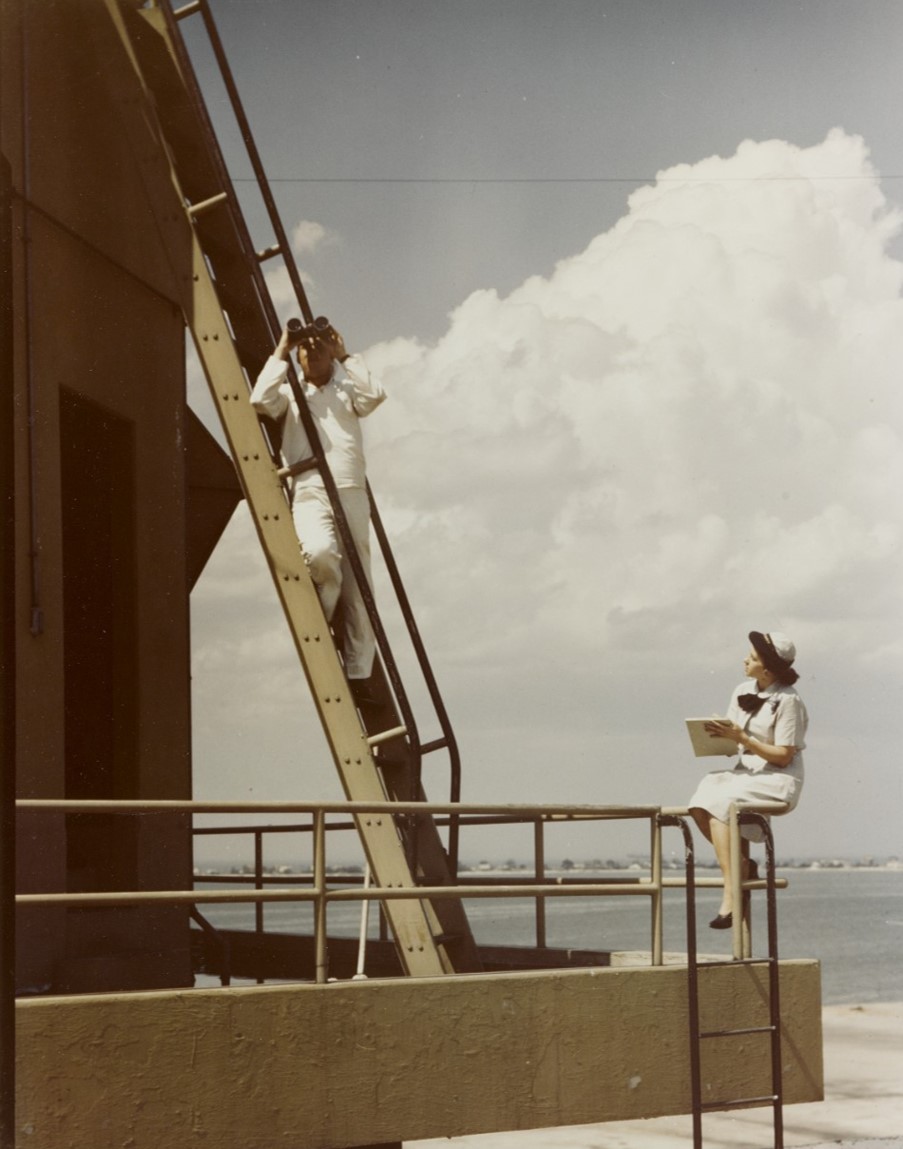
WAVES fulfilled various positions and worked at Naval bases across the US, ranging from yeoman to chauffeur, baker to pharmacist, and artist to aircraft mechanic. Most WAVES worked in naval aviation units–maintaining aircraft, testing parachutes, and working as domestic air traffic controllers or weather specialists. Some WAVES even trained men in navigation and gunnery, and that aspect is what I’ll be highlighting with this blog post.
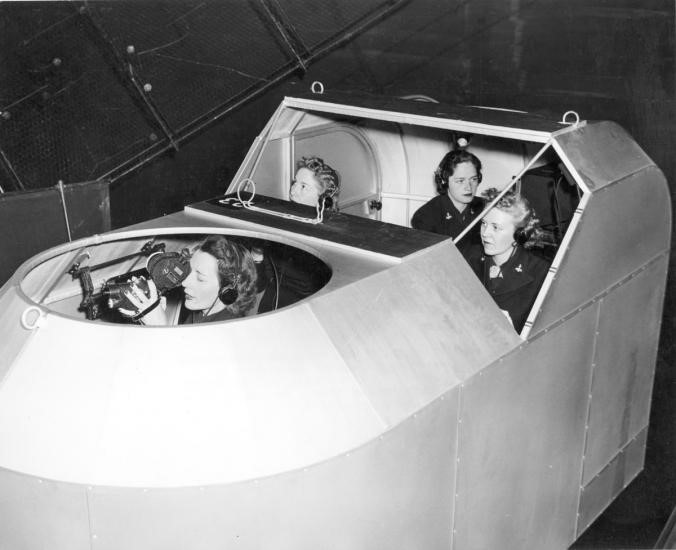
Aviation Training during WWII
In the 1940s, the most sophisticated training device was the Link Celestial Navigation Trainer (Link CNT). This training tool was born from the Army Air Force’s desire for a realistic crew trainer for long-ranger bombers and transport aviation. Even before 1941, the US military realized it was likely that the US would join the Allied Forces in WWII and that they would need a quicker and more efficient way to train aviation crew members. In 1941, the Army Air Force contacted Link Aviation Devices of Binghamton, New York, asking them to design a combat crew trainer, and the Link CNT began appearing on Army Air Force and Navy bases in 1943.
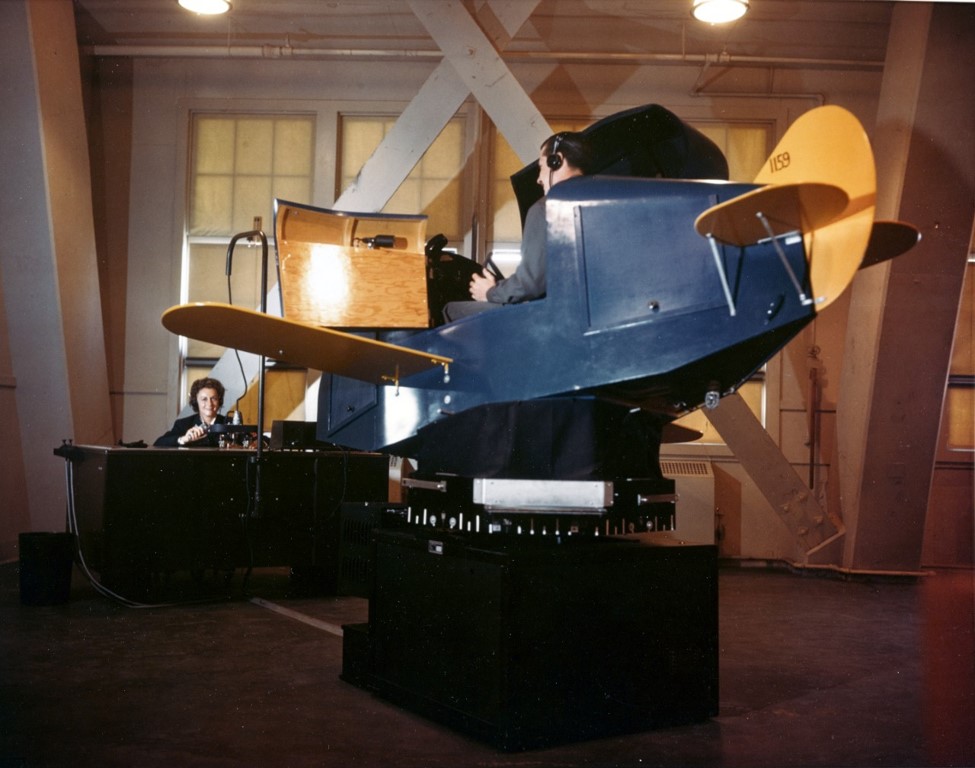
Link Aviation Trainers
The first version was the Link trainer, known as the “blue box” trainer, seen in the image above. A novel instrument in aviation training, it taught new pilots how to fly and to trust their instruments without ever leaving the ground. The trainer sat on an elevated turntable, allowing the simulated cockpit to move and simulate the feel of flight. Invented in 1929 by Edwin Albert Link, the trainer became famous during WWII, as more than 500,000 US pilots were trained on Link simulators.
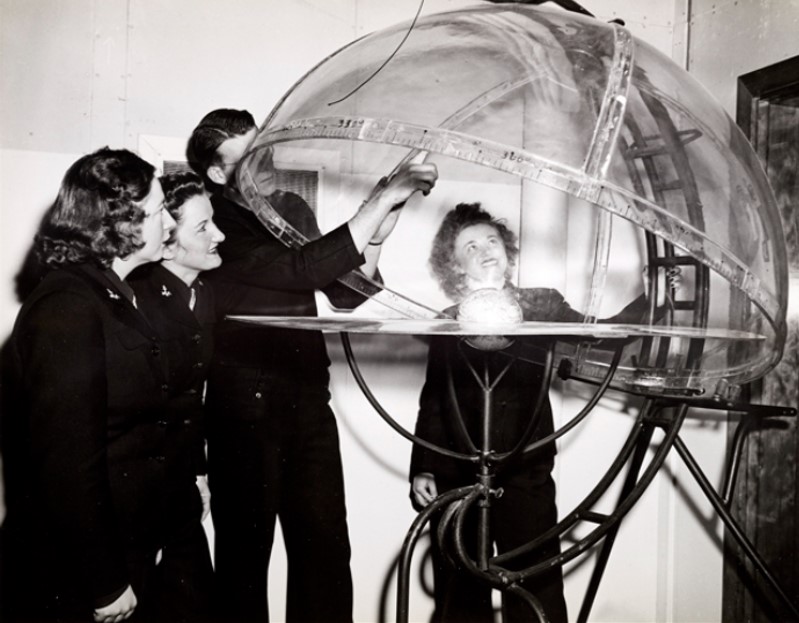
The Combat Crew Trainer
In 1943, the creation of the Link CNT expanded on the “blue box” trainer, with room for navigator, pilot, copilot, and radio operator or instructor. This allowed a crew to work together in simulated missions and practice using a broad range of equipment, including sextants and bombsights. The Link CNT did not have as much freedom of movement as the “blue box” trainer, but it allowed for more training in navigation.
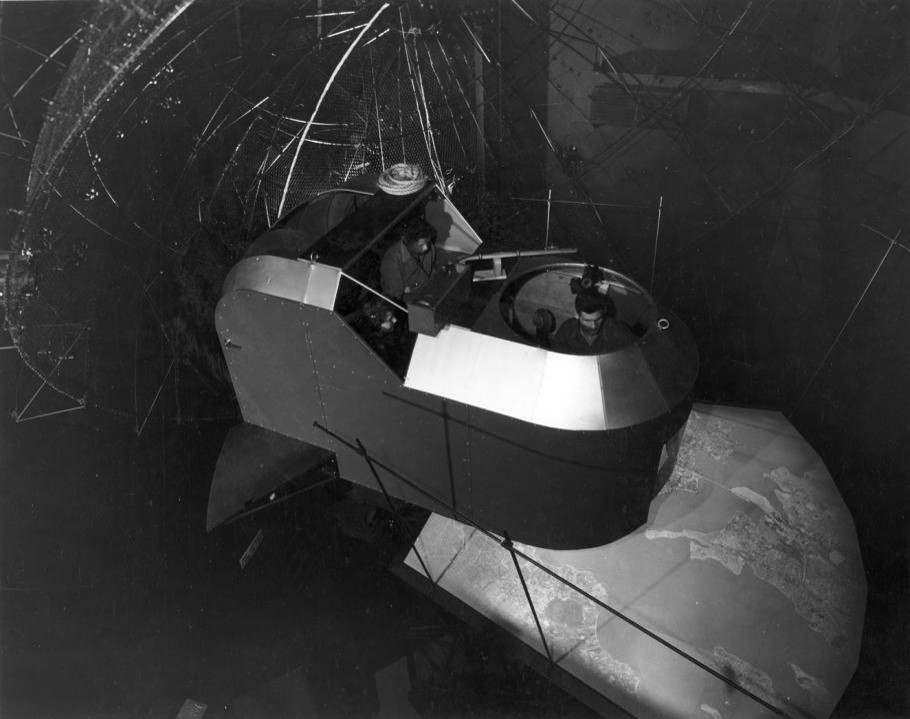
The Link CNTs were housed in silos, and above the cockpit was a rotating and tilting start field made from lights mounted on a chicken-wire hemisphere, allowing crews to practice celestial navigation. The unit was also elevated above a projection system that displayed geographic photo strips, allowing the crew to train in navigation by visual reference to the ground. The system was set up to project scenes from various altitudes to provide crews with well-rounded training scenarios. An overcast sky would occasionally be simulated during night navigation by simply turning off the lights, forcing the pilots to work on navigating solely by instrument. There was even a system of flashing lights and smoke generators to simulate bomb impacts!
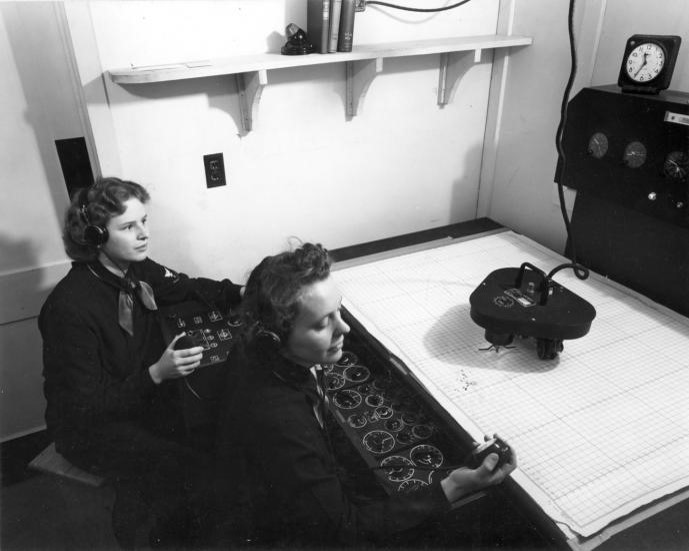
WAVES Take Over Training
WAVES quickly took over the responsibility of operating and training on the Link CNTs for Naval bases. The WAVES trained pilots in the most advanced piece of pilot training equipment available at the time. As operators, WAVES worked in a booth near the trainer, controlling the celestial dome and terrain plate. The operator would also control the radio, introduce simulated flying problems, or help obtain bearings for the plane. She was in charge of creating realistic problems, like wind drift or simulated cloud cover. Training sessions were run close to real time, often eight hours straight, and WAVES worked right alongside the training pilots. By taking over the training, WAVES enabled higher quality training for naval aviators and reduced the resource requirements to produce qualified aircrews.
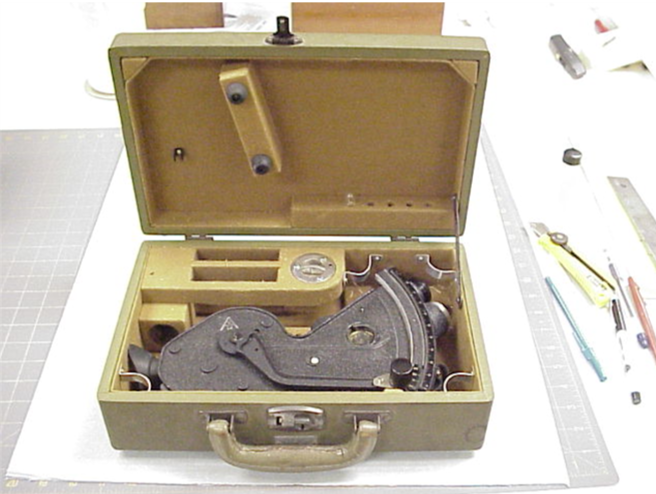
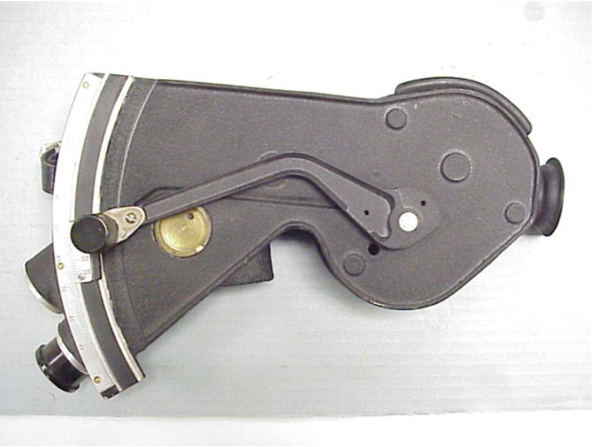
Hampton Roads WAVES
Here in Hampton Roads at the Norfolk Navy Base, WAVES fulfilled various roles in aviation. But most notably, WAVES trained Naval pilots on Link simulators and Link CNT! Below you can see an image of a WAVES Link Trainer helping a Navy officer with his pilot training at Norfolk Naval Base.
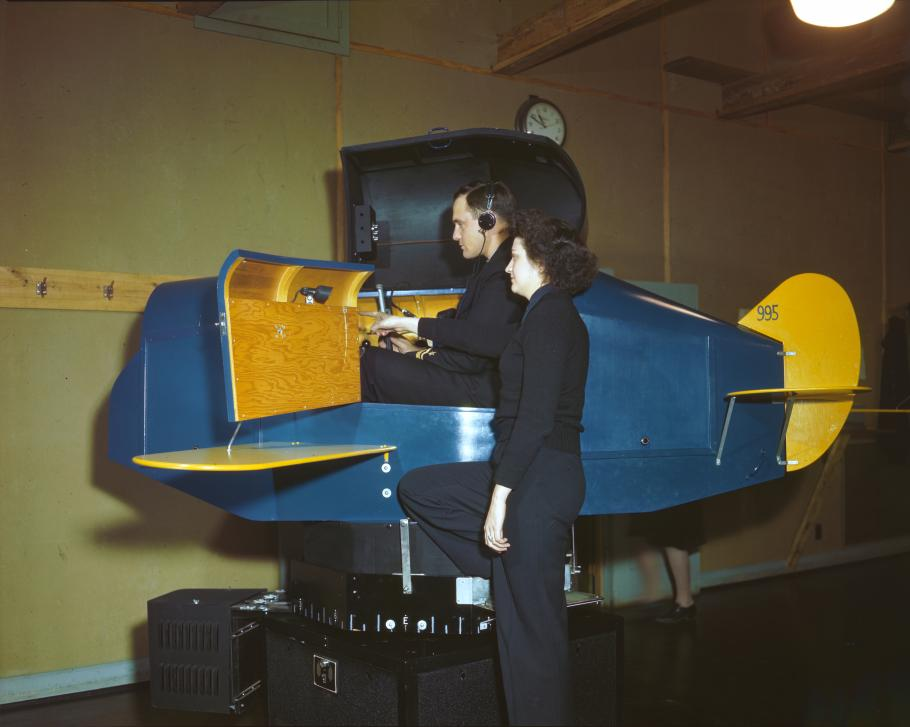
Further Reading: